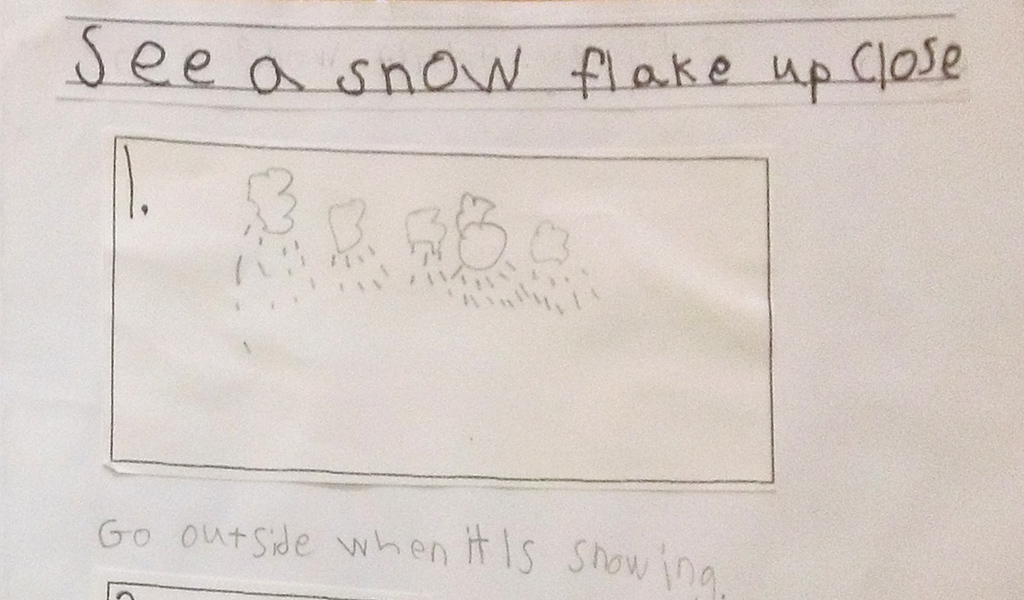Chapter 7: Nonfiction Is Not Just A Fancy Name For Fiction Reading And Writing Nonfiction In A Second-Grade Classroom
7.1 Reading Nonfiction Aloud

Mrs. Kona wanted to read nonfiction picturebooks out loud during whole class read aloud sessions in order to excite and engage students in the ways she did with fictional picturebooks. However, she acknowledged that starting at the beginning of a nonfiction book and trying to read to the back cover wasn’t going to work. She would get bogged down in the scientific discourse, complex vocabulary, and all the captions, fact boxes, headings, and asides commonly found in the genre. If she had trouble wading through all of that, what about her students? As we thought about how to read nonfiction in a read aloud setting, we considered the ways students read nonfiction when reading by themselves. I remembered my own second-grade students huddled around Steve Jenkin’s Actual Size, flipping through the pages, finding an illustration that excited and amazed them. The real-to-life squid eye was one vivid example of a page where they stopped, read what they wanted to learn about, then spent a lot of time holding the book up to their faces and comparing their own eye to the 12 inch diameter eye of the squid. Students did not read the entire book, but instead focused on a page they found that interested them.
Keeping this kind of interaction with books in mind, Mrs. Kona would open a carefully selected quality nonfiction picturebook and, turning to a page or illustration would comment or ask a question. With a book on snowstorms, for instance, she exclaimed, “Oh my goodness! Have you ever seen snow this high?” In another instance she looked only at the illustrations in a book about a rainy day, not even reading the text, and asked the students what they thought was happening page by page. She also read portions of the nonfiction books, focusing on different excerpts, and even highlighting specific captions or other textual features. This shift in how she read nonfiction books aloud led Mrs. Kona to consider the organization of nonfiction books. She discovered that books where the content was easily accessible through charts, labels, captions, the table of contents, diagrams, index, and other visual features were most effective for her read aloud sessions because then students were able to easily locate information they found interesting and read (or at least acquire information from) the text and visual elements. As a result Mrs. Kona continued to look for and select books that met these criteria.
After several months of this type of read aloud we noticed something exciting: the way children typically listened to fiction during read alouds—attentive, eyes on the teacher, no squirming—was the same when Mrs. Kona sat in her red reading chair and opened up a beautiful nonfiction picturebook. We felt affirmed in our decision to read aloud nonfiction books as a way to engage and interest children in the content and genre.